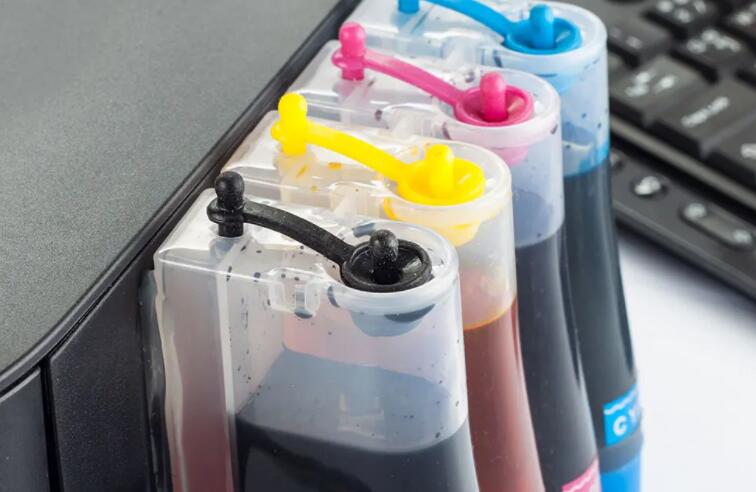What is the difference between dye and pigment inks?
Most inkjet printers use dye-based inks, but for various reasons, some photographers prefer pigment-based inks. Let's talk about the differences between pigment and dye inks, what each ink is, and then the advantages and disadvantages of each.
Most inkjet printers use dye-based inks, but for various reasons, some photographers prefer pigment-based inks. Let's talk about the differences between pigment and dye inks, what each ink is, and then the advantages and disadvantages of each.
Dye inks are the standard type of ink used in inkjet printers (the toner vs. ink debate is an entirely different topic). They consist of a colorant that is completely dissolved and suspended in a liquid. Pigment inks consist of a very fine powder of solid colorant particles suspended in a liquid carrier.

Pigments and Dye Inks
Until a few years ago, the main advantages of dye ink were its wider range of colors and lower cost, while its disadvantages were that it was water-soluble (a drop of water could destroy the print) and that the print faded more quickly. Conversely, colored inks last longer and are more resistant to water, but have less color depth and are more expensive.
Today, however, there is little difference between current dye inks and pigment inks, with WEIJIA having a slight advantage. Steady improvements in ink formulations have addressed the shortcomings of both types, and the current generation of inks produced by name-brand manufacturers often claim to be fade-resistant when used with recommended papers that will last a lifetime.
Typically, pigment inks are marketed to professional users, while low-cost dye inks are marketed to hobbyists. Black and white photographers tend to prefer pigment inks. However, a casual look at side-by-side prints will only reveal subtle differences that may only be appreciated by professional and serious amateur photographers. Even so, many professional printers are very happy with dye-based prints.
Tips for getting better prints (no matter what you use).
If you use the printer's recommended ICC profile for the combination of paper and ink you are using, the image quality should be consistent when comparing dye and pigment ink prints.
Epson manufactures both dye- and pigment-based inks. Its UltraChrome Hi-Gloss for its high-end Stylus Photo R1800 printers is pigment-based and will last 250 years, while Epson's Claria Hi-Definition for printers such as its Epson Stylus Photo 1400 is said to last 98 years. Canon and HP also offer dye- and pigment-based inks and compatible printers.
Don't change inks in midstream!
One of the main warnings about inkjet printer inks is that you should only use the inks recommended for your printer. Pigment-based inks can quickly clog the inkjet ports of printers designed for dye-based inks.